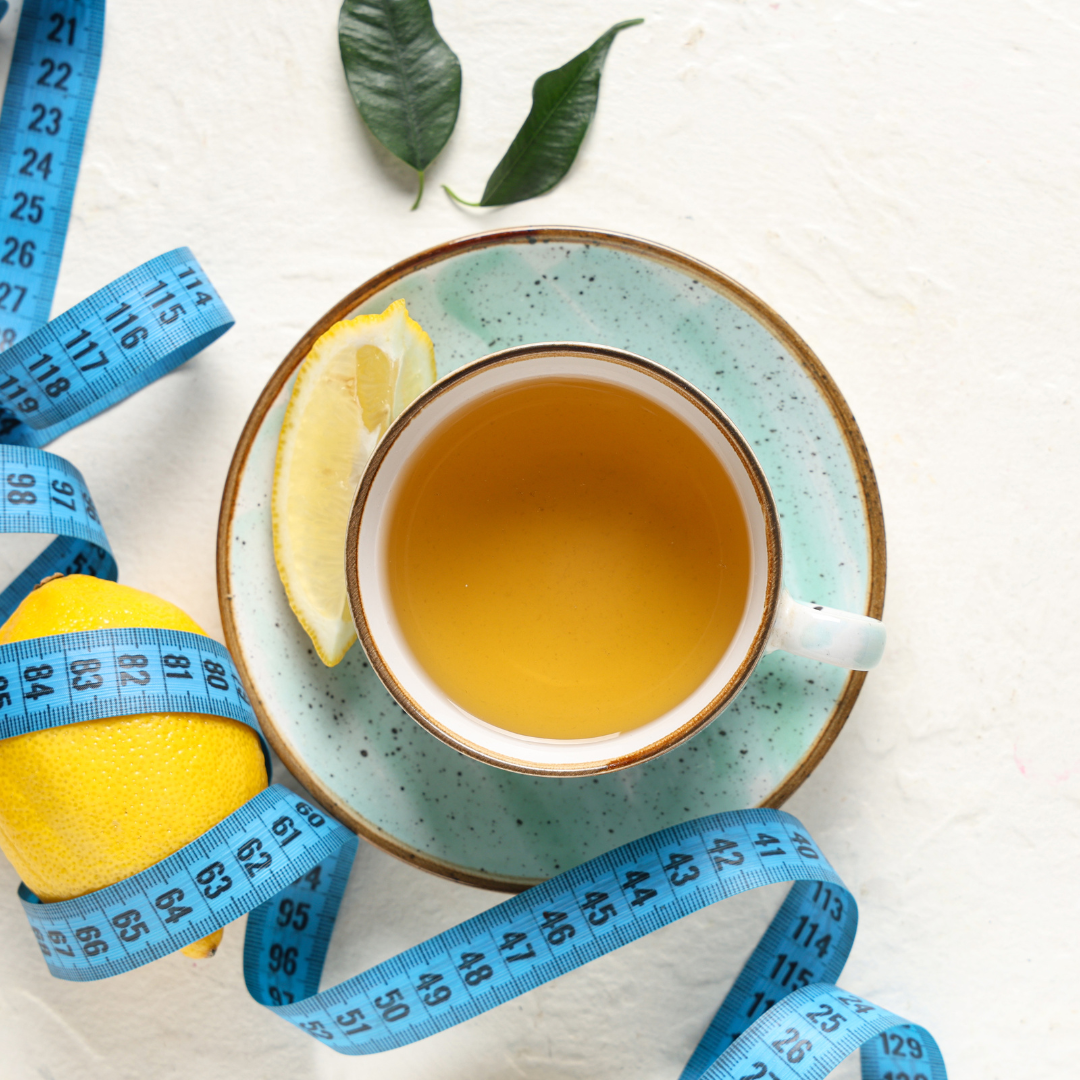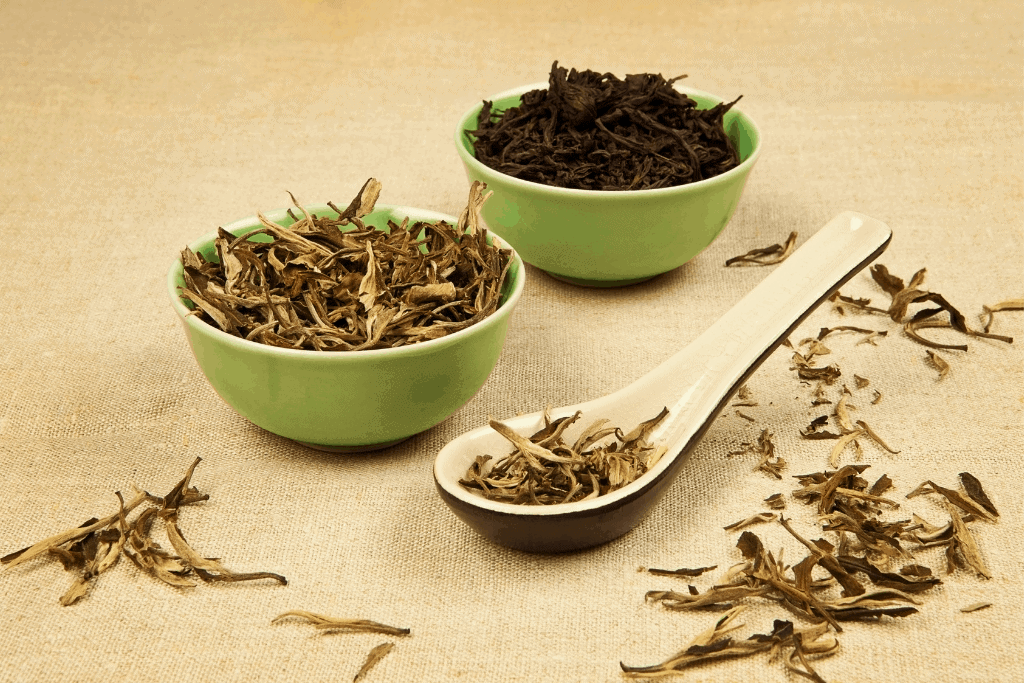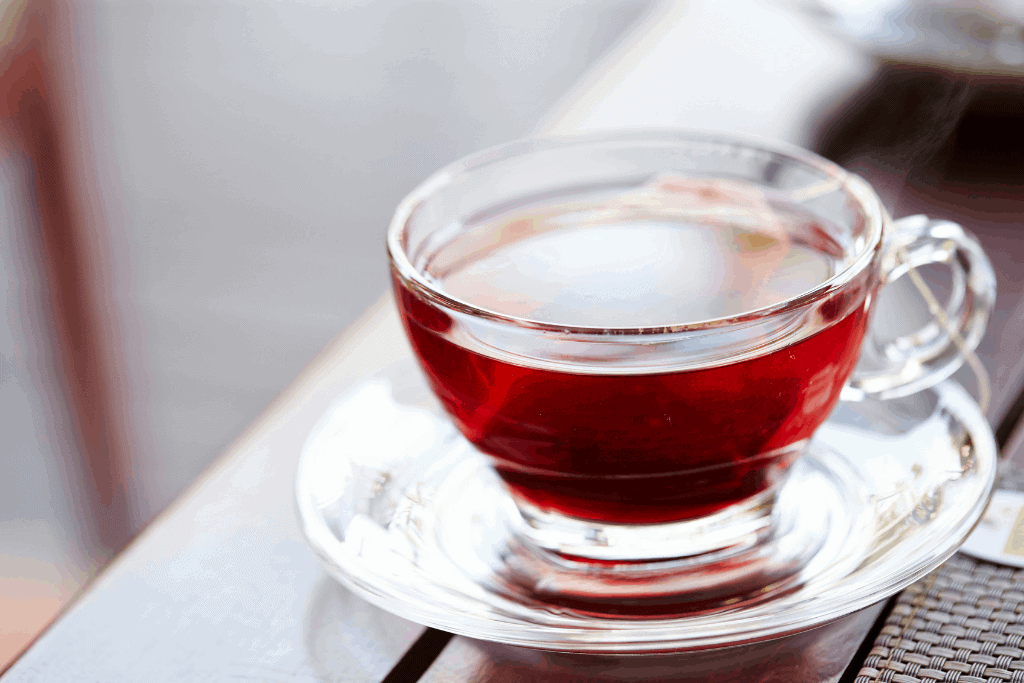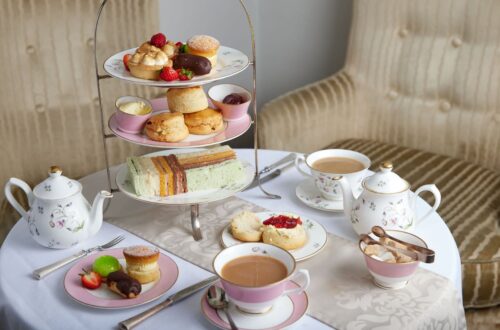Tea won’t replace nutrition, sleep, or movement—but certain teas (especially green and oolong) can slightly increase fat oxidation and energy expenditure when you drink them consistently and brew them correctly. Evidence for pu-erh is promising but early; matcha delivers a higher payload of beneficial compounds per cup. Expect modest effects, not miracles. PMC+3PubMed+3Cochrane+3
What the science actually says (no hype)
-
Green tea catechins + caffeine: Meta-analyses of randomized trials show small but statistically significant reductions in body weight, BMI, and waist circumference when catechins are paired with caffeine. The effect is modest (think ~0.5–1.5 kg over several weeks), and catechins without caffeine don’t move the needle much. PubMed
-
Overall impact: A Cochrane review concludes green tea leads to small, likely not clinically important weight changes in overweight adults—useful context for expectations. Cochrane
-
Oolong tea: Human studies show increased energy expenditure and greater fat oxidation after oolong consumption; more recent work suggests oolong may stimulate fat burning beyond caffeine alone. PubMed+1
-
Matcha vs. other teas: Green teas generally contain more catechins than black tea; because you ingest the whole leaf, matcha can deliver more catechins per serving. Recent reviews also note that dissolved matcha can yield ~3× catechins versus typical loose-leaf infusion. PMC+1
-
Pu-erh tea: Small clinical studies (whole tea and extracts) report improvements in central obesity markers and lipids, but evidence is still preliminary compared with green/oolong. PubMed+1
-
Exercise + tea: Early evidence suggests green tea adds minimal extra weight-loss benefit on top of exercise alone—good to know if you’re already training. Taylor & Francis Online
Bottom line: Tea can support a healthy plan, not replace it. Brewing technique and consistency matter.
The best teas for weight management (and how to use them)
1) Green Tea (Sencha, Gyokuro)
Why it helps: Rich in catechins (especially EGCG) that, alongside caffeine, can bump up thermogenesis and fat oxidation. Expect small changes; stack with daily movement and protein-forward meals.
How to brew for benefits:
-
Temp: ~170–180°F (77–82°C)
-
Time: 2–3 minutes (avoid bitterness)
-
Routine: 2–3 cups/day, earlier in the day if caffeine-sensitive
Helpful gear: A temperature-control kettle keeps you in the sweet spot (no “burnt” greens). Consider a precise pour with a gooseneck kettle.
2) Matcha (Ceremonial or Culinary—choose quality)
Why it helps: You consume the powdered leaf, often delivering more catechins per cup than standard infusions. Newer analyses show notable differences between grades; quality affects phenolic content.
How to brew for benefits:
-
Ratio: ~1–2 g matcha to 60–80 ml hot water (~175°F / 80°C)
-
Whisk: Use a bamboo whisk for a creamy froth (better mouthfeel → easier habit)
Helpful gear: A simple matcha whisk set + sifter prevents clumps; a double-wall glass cup keeps it warm.
3) Oolong Tea (Tieguanyin, Dong Ding)
Why it helps: Human trials show higher energy expenditure and fat oxidation after oolong tea compared with water or caffeine alone in some protocols. Flavor-wise, oolong is wonderfully versatile (floral → roasty), making daily consistency easier.
How to brew for benefits:
-
Temp: 190–200°F (88–93°C)
-
Time: 2–4 minutes, re-steep leaves 2–3×
-
Routine: 1–2 cups pre-lunch or mid-afternoon to avoid late-day caffeine
Helpful gear: A glass teapot with infuser lets leaves unfurl and encourages multiple steeps; try a compact glass teapot.
4) Pu-erh Tea (Ripened/Shou; Raw/Sheng)
Why it helps: Early clinical work suggests potential reductions in central obesity and improvements in lipids with pu-erh; some trials used extracts. Evidence is promising but not as robust as for green/oolong. Flavor is earthy and satisfying—great as a post-meal swap for dessert.
How to brew for benefits:
-
Rinse the cake/tuo briefly with hot water
-
Temp: ~205°F (96°C)
-
Time: 2–4 minutes; multiple short steeps work well
Helpful gear: A tea storage tin protects compressed cakes from odors and light. Consider airtight tea canisters.
What about black or herbal blends?
Black tea still contains beneficial polyphenols but has fewer catechins than green/matcha, which likely explains weaker effect sizes in weight-focused research. Herbal “slimming” blends vary widely; prioritize caffeine-free options at night for sleep, not weight effects.
A practical, 360° “tea + habits” plan
Use this as a template—adjust to your routine and tolerance.
Morning (pre-breakfast)
-
Cup: Matcha or green tea (1 cup) to nudge alertness and fat oxidation during a walk or light workout.
-
Why: Catechins + caffeine synergy; easy to build into a consistent routine.
Late morning
-
Cup: Oolong (1 cup).
-
Why: May elevate energy expenditure; helps bridge the gap to lunch without grazing.
After lunch
-
Cup: Green tea or pu-erh (1 cup).
-
Why: Earthy pu-erh pairs well with meals; potential lipid benefits; green tea for another small thermogenic nudge.
Evening
-
Swap sugary drinks for herbal (peppermint, rooibos) to reduce empty calories without adding caffeine. (Evidence for weight loss is limited—use for craving control, not fat burning.)
Helpful accessories to stay consistent:
-
Temperature-control kettle for perfect steeping, every time → precision kettle
-
Fine-mesh infuser for hassle-free loose-leaf → stainless infuser
-
Glass teapot to encourage mindful, multiple steeps → 1L glass teapot
-
Travel tea tumbler so your plan survives your commute → insulated tumbler with infuser
-
Tea storage tins to protect catechins from light/air → airtight canisters
-
Matcha kit (whisk + scoop + stand) to prevent clumps → matcha whisk set
Brewing mistakes that blunt results (and how to fix them)
-
Overheating green tea → bitter, undrinkable cups = inconsistent habit.
Fix: Keep greens/matcha at ~170–180°F (use a kettle with presets). -
Under-dosing (barely any leaf) → weak infusion.
Fix: 2 g leaf per 8 oz water is a good starting point for most teas. -
One-and-done leaves → missed polyphenols.
Fix: Re-steep oolong and pu-erh 2–3×; catechins keep extracting. -
Late-day caffeine → poor sleep, worse cravings tomorrow.
Fix: Set a caffeine cut-off (e.g., 2–3 pm) and switch to herbal later.
Safety & smart use
-
Caffeine sensitivity: Start with 1 cup/day and build up. If you’re anxious or sleep-disrupted, pull back.
-
Iron absorption: Tannins can reduce non-heme iron absorption; avoid tea with iron-rich meals if this is a concern.
-
Medications & conditions: If pregnant, nursing, or on anticoagulants or stimulants, talk to your clinician first.
-
Supplements vs. tea: Extract capsules can be much higher dose and carry risks; brewed tea is generally gentler (and tastes better). A 2024 review notes green tea adds minimal extra loss beyond exercise—so keep expectations realistic.
Expectation setting (so you don’t quit at week two)
-
Think in months, not days. Studies typically span 8–12+ weeks and show small changes—tea helps, but it’s a multiplier, not the main engine.
-
Anchor tea to a keystone habit (morning walk, post-lunch brew, 3 pm break). Consistency > intensity.
-
Use tea to replace sugary drinks (sodas, sweetened lattes). That swap alone may save 150–300 kcal/day.
Quick buyer’s guide (simple, durable picks)
-
Precision kettle: Dial in 170–205°F for every tea style → temperature-control kettle
-
Everyday infuser: Fine mesh, easy to clean → loose-leaf infuser
-
Showpiece teapot: Makes multiple steeps effortless → glass teapot with infuser
-
On-the-go tumbler: Keep tea hot, sip between meetings → insulated tumbler
-
Matcha tools: Whisk, scoop, and stand → matcha kit
-
Storage: Light- and air-tight tins → tea canisters
Final sip
If you love tea, you already have an edge: you’re more likely to stick with a habit that tastes good and feels calming. Use green or matcha in the morning, oolong mid-day, and pu-erh after meals. Pair your brewing ritual with daily movement, protein-centric meals, and consistent sleep. Do that, and tea becomes a small but steady nudge toward a lighter, healthier you.






